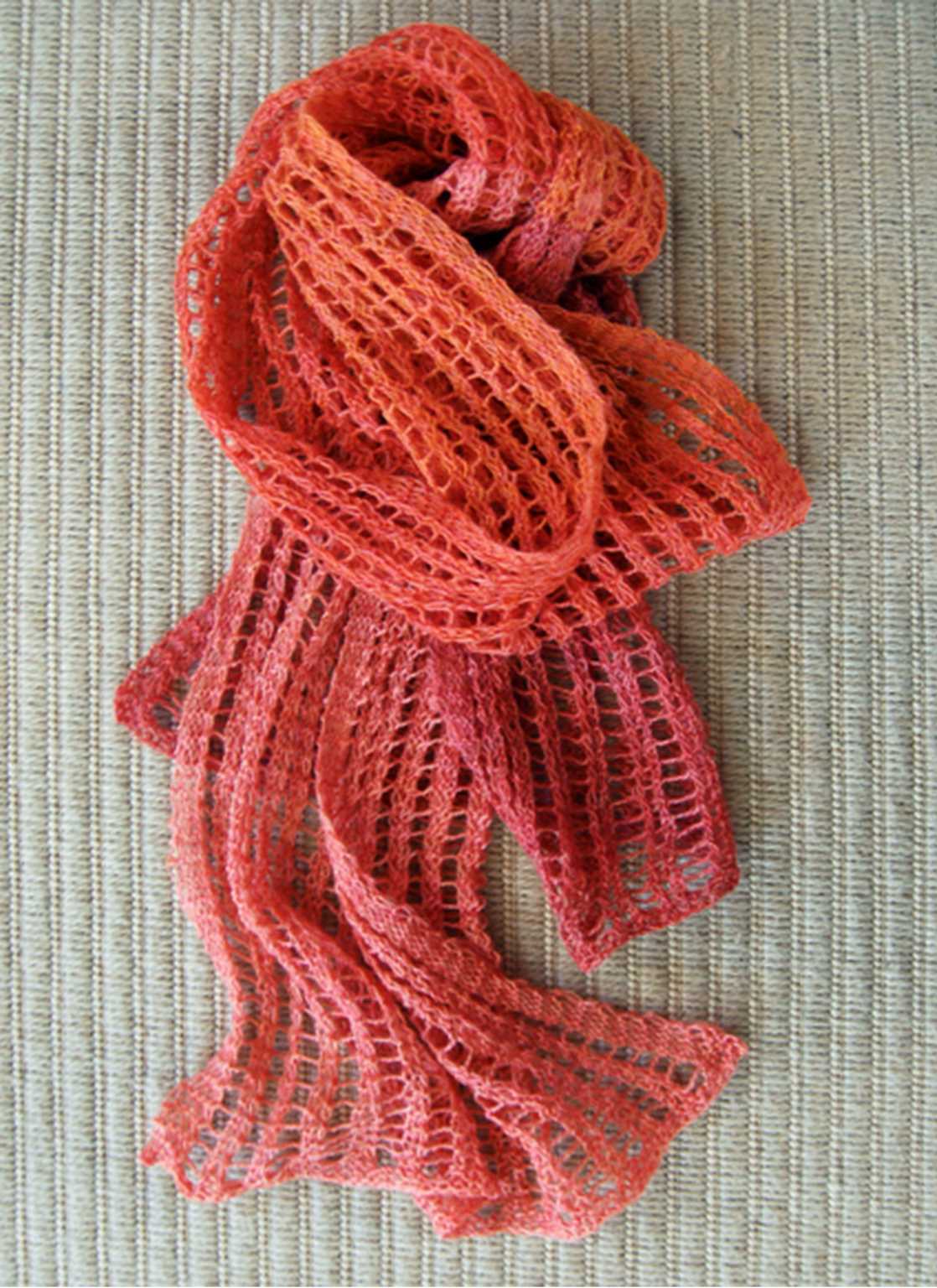
Knitting is a popular craft that not only promotes relaxation and creativity, but also allows you to create beautiful and functional items. One of the easiest and most satisfying knitting projects for beginners is a scarf. Scarves are versatile accessories that can be worn during any season and add a touch of style to any outfit. Whether you are new to knitting or an experienced knitter looking for a quick and easy project, simple knitting scarf patterns are a great choice.
Simple knitting scarf patterns are perfect for beginners because they typically involve basic knitting stitches such as knit and purl. These patterns often use bulky or super bulky yarn, which makes them quick to knit up. With just a few hours of work, you can create a cozy and stylish scarf that you can wear or give as a thoughtful handmade gift.
What makes simple knitting scarf patterns great is their versatility. You can choose from a variety of patterns, including garter stitch scarves, seed stitch scarves, and ribbed scarves. You can also experiment with different yarn colors and textures to create customized scarves that reflect your personal style. Whether you prefer a classic solid color scarf or a trendy multicolored design, there is a simple knitting scarf pattern out there for you.
Simple Knitting Scarf Patterns
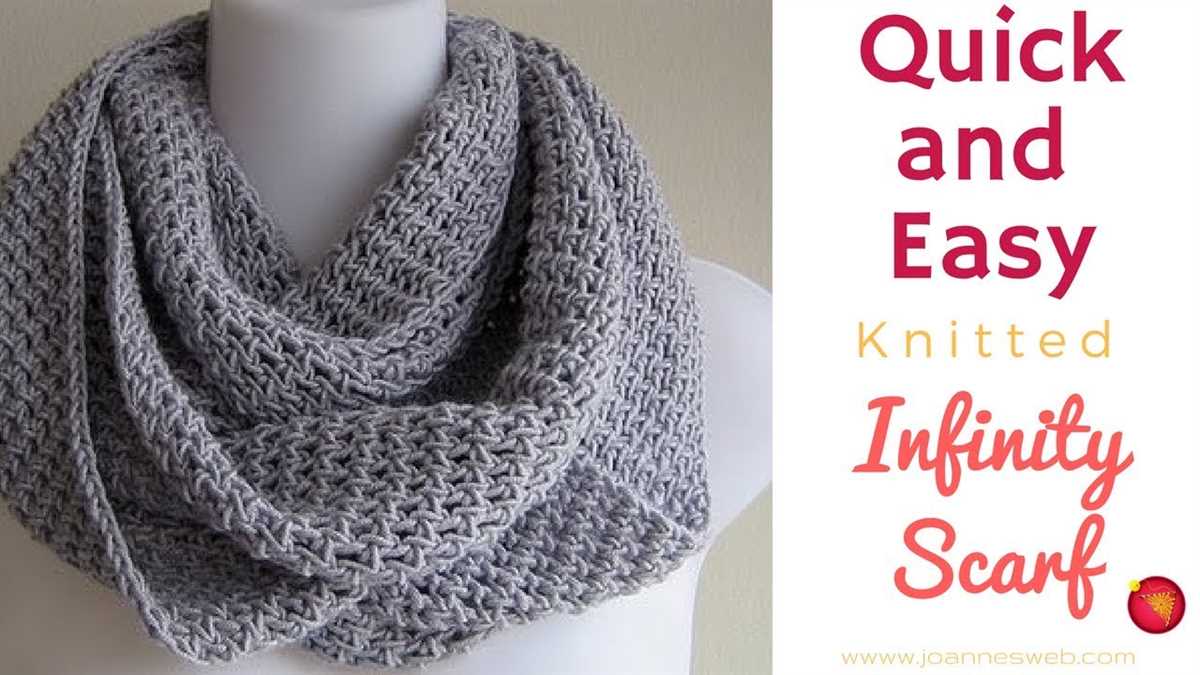
Knitting scarves is a great way to get started with knitting or to practice new techniques. With a variety of patterns available, you can create beautiful and unique scarves that will keep you warm and stylish during the colder months. If you’re looking for simple knitting scarf patterns, here are a few ideas to get you started.
Garter Stitch Scarf: The garter stitch scarf is one of the simplest knitting patterns you can try. It involves knitting every row, so you don’t need to worry about purling or other fancy techniques. This pattern creates a scarf with a bumpy texture that is cozy and warm. To add some interest, you can use different colors or combine different shades of the same color.
Ribbed Scarf: The ribbed scarf pattern is another easy option that adds a bit of texture to your scarf. It alternates between knit and purl stitches, creating a stretchy and comfortable fabric. This pattern is great for both beginners and more experienced knitters who want a simple yet classic design. You can customize the width and length of the scarf to suit your preferences.
Seed Stitch Scarf: The seed stitch pattern is a bit more advanced than the previous ones, but it’s still relatively simple to master. It involves alternating between knit and purl stitches, but in a different order for every row. This creates a beautiful texture that looks like scattered seeds. The seed stitch scarf is versatile and can be made with any type of yarn, making it a great option for experimenting with different materials.
Whether you’re a beginner or an experienced knitter, these simple scarf patterns are a great way to practice your skills and create something beautiful. Knitting scarves can be a soothing and relaxing activity, and the end result is a functional and fashionable accessory that you can wear with pride.
Beginner’s Guide to Knitting Scarves
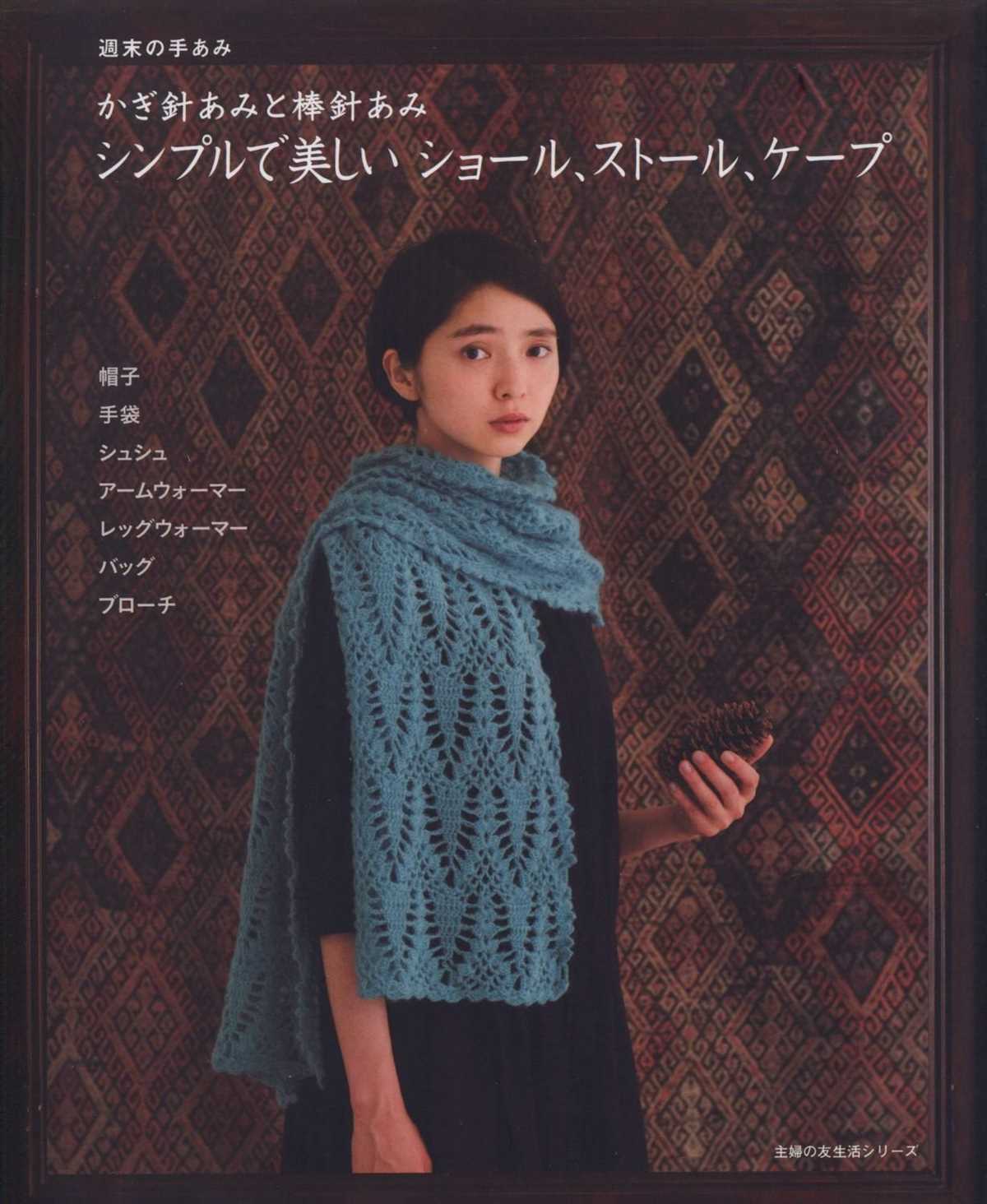
Knitting is a wonderful and fulfilling hobby that allows you to create beautiful handmade items. If you’re a beginner knitter, scarves are a perfect project to start with. They are simple, versatile, and can be completed relatively quickly. In this beginner’s guide, we will walk you through the basic steps of knitting a scarf, from choosing the right yarn and needles to mastering basic knitting stitches.
1. Choosing the Right Yarn and Needles
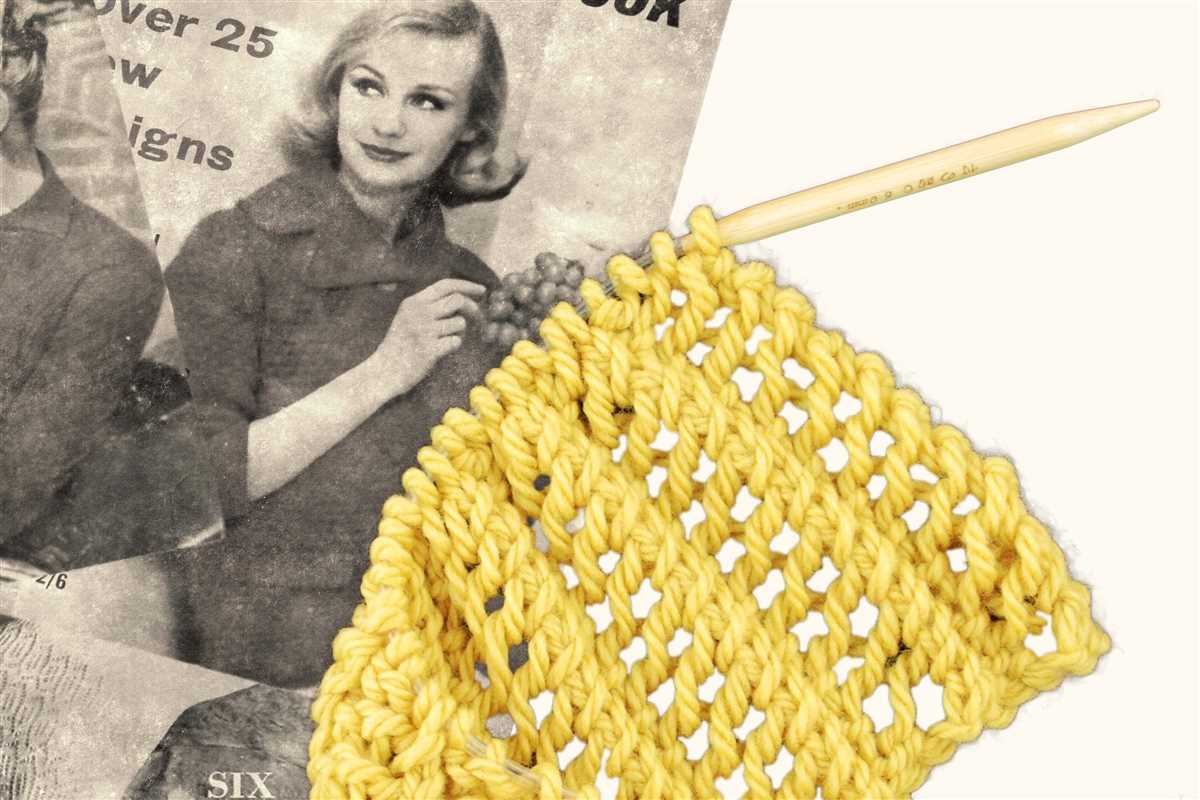
The first step in knitting a scarf is choosing the right yarn and needles. As a beginner, it’s best to choose a medium weight yarn, such as worsted or aran. These yarns are easy to work with and create a nice, balanced fabric. When it comes to needles, start with a pair of straight knitting needles in a size that is recommended for your chosen yarn. Avoid using slippery needles, as they can make it harder to control your stitches.
2. Casting On
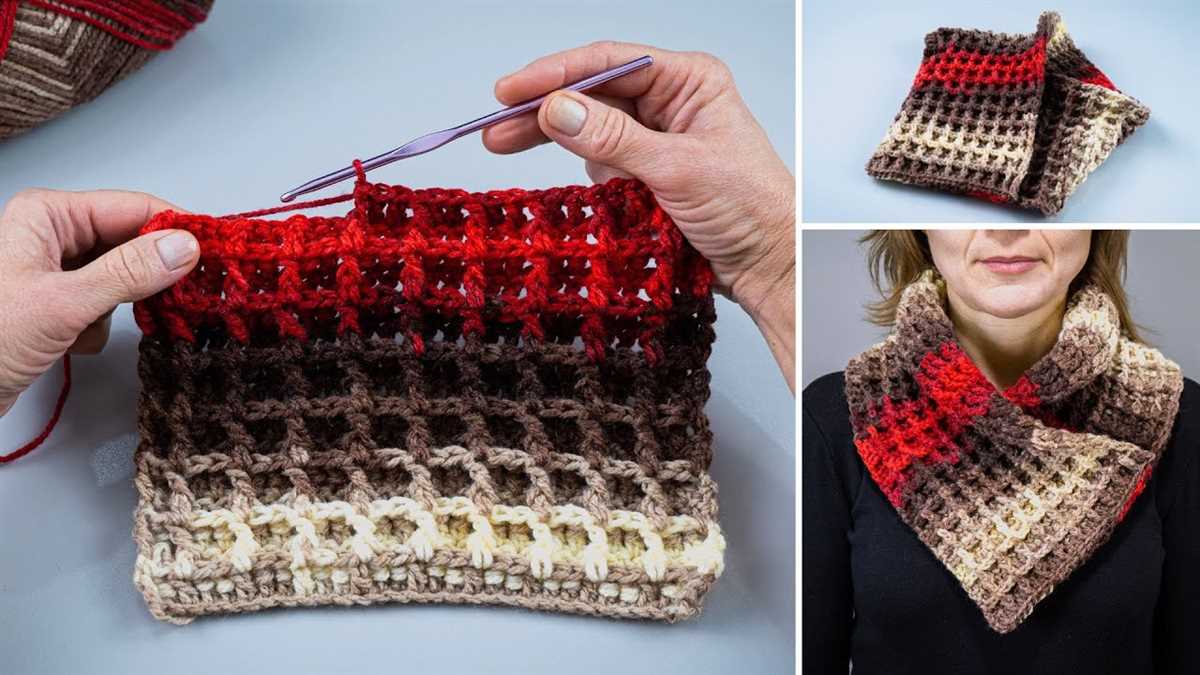
The next step is to cast on your stitches. To do this, make a slipknot and place it on one of your knitting needles. Then, insert the other knitting needle into the slipknot, yarn over, and pull the yarn through the slipknot to create a new stitch. Repeat this process until you have cast on the desired number of stitches for your scarf. Keep your stitches loose and even, as tight stitches can make it difficult to knit.
3. Knitting and Purling
Once you have cast on your stitches, you can start knitting your scarf. The two basic stitches in knitting are knit stitch and purl stitch. To knit, insert your right needle into the first stitch on your left needle from left to right, then wrap the yarn around the right needle and pull it through the stitch. To purl, insert your right needle from right to left, wrap the yarn around the right needle, and pull it through the stitch. Alternate between knitting and purling rows to create different stitch patterns and textures in your scarf.
4. Binding Off
When you have reached the desired length for your scarf, it’s time to bind off your stitches. To do this, knit the first two stitches, then use your left needle to lift the first stitch over the second stitch and off the right needle. Repeat this process until you have bound off all the stitches except the last one. Cut the yarn, leaving a long tail, and pull it through the last stitch to secure it. Weave in any remaining loose ends to finish your scarf.
With these basic steps, you can start knitting your own scarves. As you gain more experience, you can explore different stitch patterns, colors, and yarns to create unique and personalized scarves. Remember to practice and be patient, as knitting is a skill that takes time to master. Happy knitting!
Choosing the Right Yarn for Your Scarf
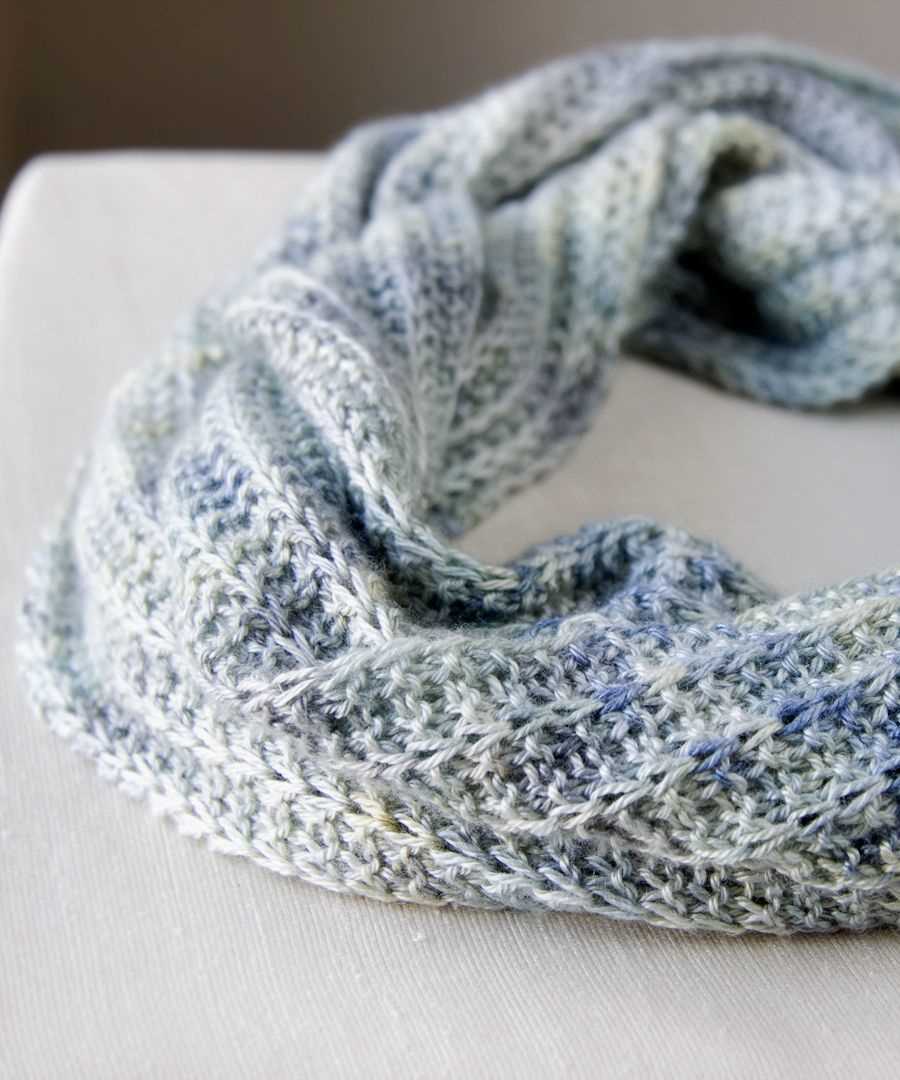
When it comes to knitting a scarf, choosing the right yarn is crucial to creating a beautiful and functional accessory. The type of yarn you select will greatly affect the drape, texture, and warmth of your scarf. Here are some factors to consider when choosing the perfect yarn for your project.
1. Fiber Content
The first thing to consider is the fiber content of the yarn. Different fibers have different characteristics that can greatly impact the final result of your scarf. For example, wool yarn is warm and durable, making it a great choice for winter scarves. On the other hand, cotton yarn is lightweight and breathable, making it suitable for spring or summer scarves. Consider the climate and purpose of your scarf when choosing the fiber content.
2. Weight and Thickness
The weight and thickness of the yarn will determine the overall look and feel of your scarf. Bulky yarn will create a chunky, cozy scarf, while a fine or lace-weight yarn will create a delicate and lightweight scarf. Consider the season, knitting pattern, and desired style when selecting the weight and thickness of your yarn. Keep in mind that thicker yarns will work up faster, while thinner yarns will create more intricate stitch patterns.
3. Color and Texture
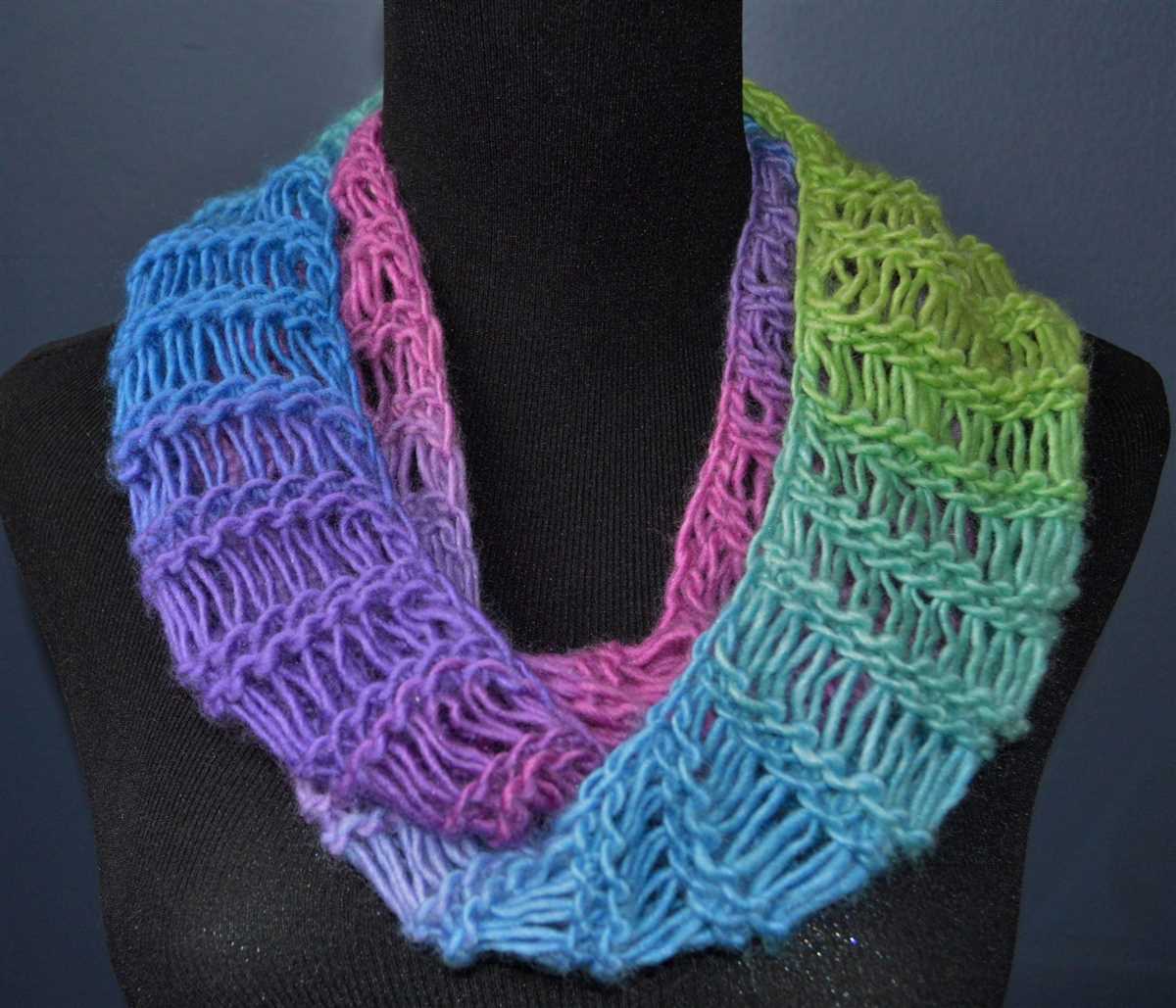
The color and texture of the yarn can greatly enhance the look of your scarf. Solid or variegated yarns can add visual interest and depth to your knitting, while textured yarns such as boucle or mohair can create a unique and luxurious feel. Consider the overall aesthetic you want to achieve and choose a yarn that complements your style and wardrobe.
4. Budget
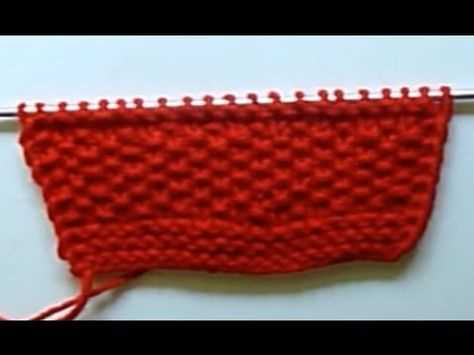
Last but not least, consider your budget when selecting yarn for your scarf. Yarn comes in a wide range of prices, and while it can be tempting to splurge on luxurious fibers, it’s important to choose a yarn that fits within your budget. Remember, a well-knit scarf made with affordable yarn can still be just as beautiful and cherished as one made with expensive yarn.
By taking these factors into consideration, you can choose the perfect yarn for your knitting project and create a scarf that is not only stylish but also functional. Happy knitting!
Essential Knitting Tools for Making Scarves
When it comes to knitting scarves, having the right tools is essential. These tools can make the process easier and more enjoyable, allowing you to create beautiful scarves with ease. Whether you are a beginner or an experienced knitter, here are some essential knitting tools you should have in your collection.
1. Knitting Needles: The most basic tool for knitting is a pair of knitting needles. These come in a variety of sizes and materials, such as bamboo, metal, or plastic. The size of the needles you choose will depend on the thickness of the yarn you are using for your scarf. If you are a beginner, it is recommended to start with a pair of medium-sized needles.
2. Yarn: Another essential tool for knitting scarves is the yarn itself. Choose a yarn that is soft and cozy, as this will make your scarf more comfortable to wear. You can find a wide range of yarns in different colors, textures, and weights, so you can choose the one that best suits your style and preference.
3. Stitch Markers: When knitting a scarf, it is important to keep track of your stitches. Stitch markers are small rings or clips that can be placed on the needles to mark specific stitches or sections. These can be especially helpful if you are following a pattern or working on a complex stitch pattern.
4. Tapestry Needle: A tapestry needle is used for weaving in ends and sewing seams together. It has a large eye that makes it easy to thread the yarn through, and a blunt tip that prevents snagging on the yarn. This tool is essential for finishing off your scarf and giving it a polished look.
5. Scissors: A pair of sharp scissors is necessary for cutting and trimming the yarn. Make sure you have a dedicated pair of scissors for your knitting projects, as using them for other purposes can dull the blades. Keep them handy to easily snip yarn as needed.
6. Row Counter: A row counter is a small device or tool that helps you keep track of the number of rows you have knitted. This is especially useful if you are following a pattern or working on a project that requires a specific number of rows. It eliminates the need to manually count rows, making the knitting process more efficient.
7. Knitting Bag: Finally, a knitting bag is a great investment for keeping all your knitting tools organized and easily accessible. Look for a bag that has compartments and pockets to hold your needles, yarn, and other accessories. This way, you can take your knitting projects with you wherever you go and have everything you need in one place.
With these essential knitting tools, you will be well-equipped to create beautiful scarves. Whether you are knitting for yourself or as a gift for someone else, having the right tools will make the process more enjoyable and ensure that your scarves turn out beautifully.
Basic Knit Stitch Scarf Pattern
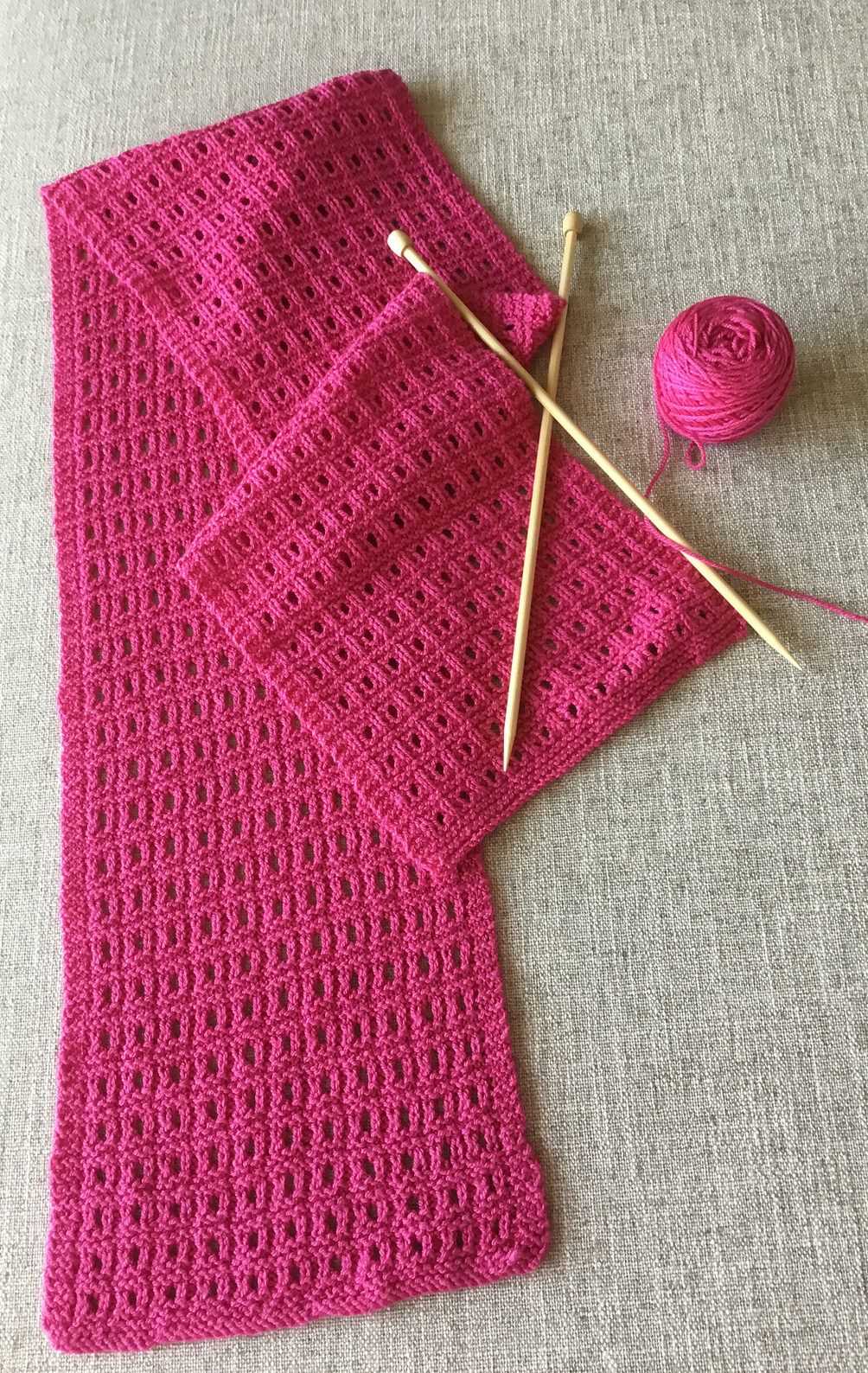
Knitting a scarf is a great way to practice basic knitting stitches and create a cozy accessory for the colder months. The knit stitch is one of the most fundamental and versatile stitches in knitting, making it perfect for beginners. Follow this simple pattern to create your own basic knit stitch scarf.
Materials:
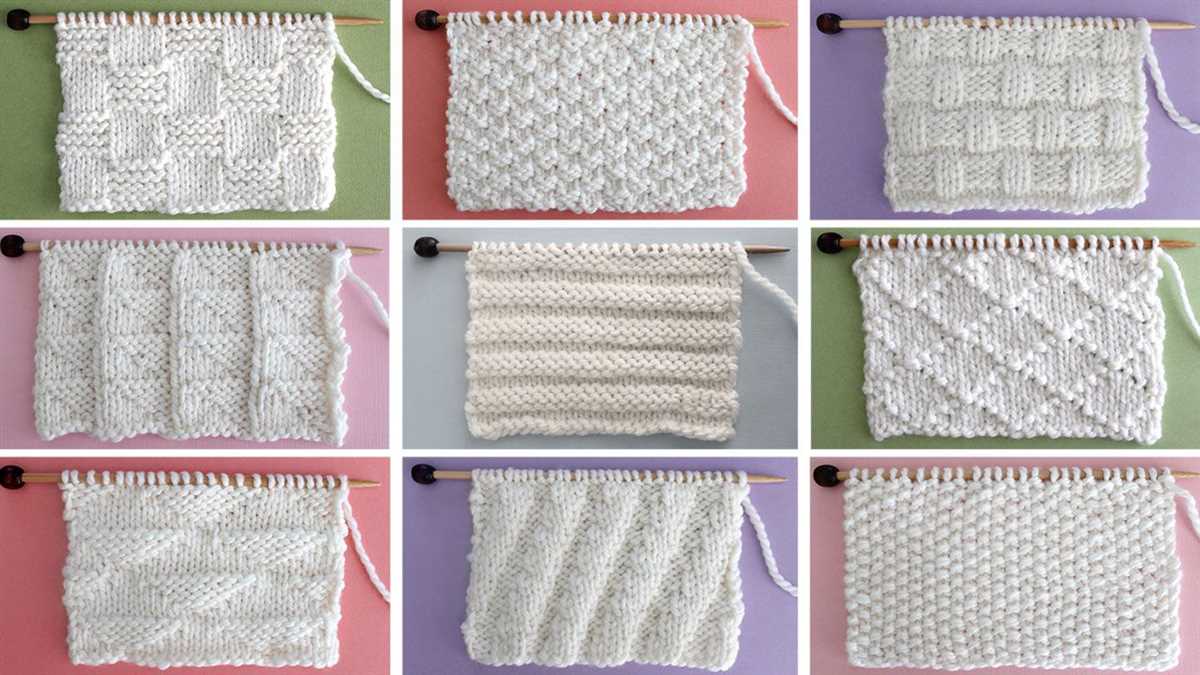
- Size 8 (5mm) knitting needles
- Medium weight yarn in your desired color (approximately 200 yards)
- Yarn needle for weaving in ends
- Scissors
Instructions:
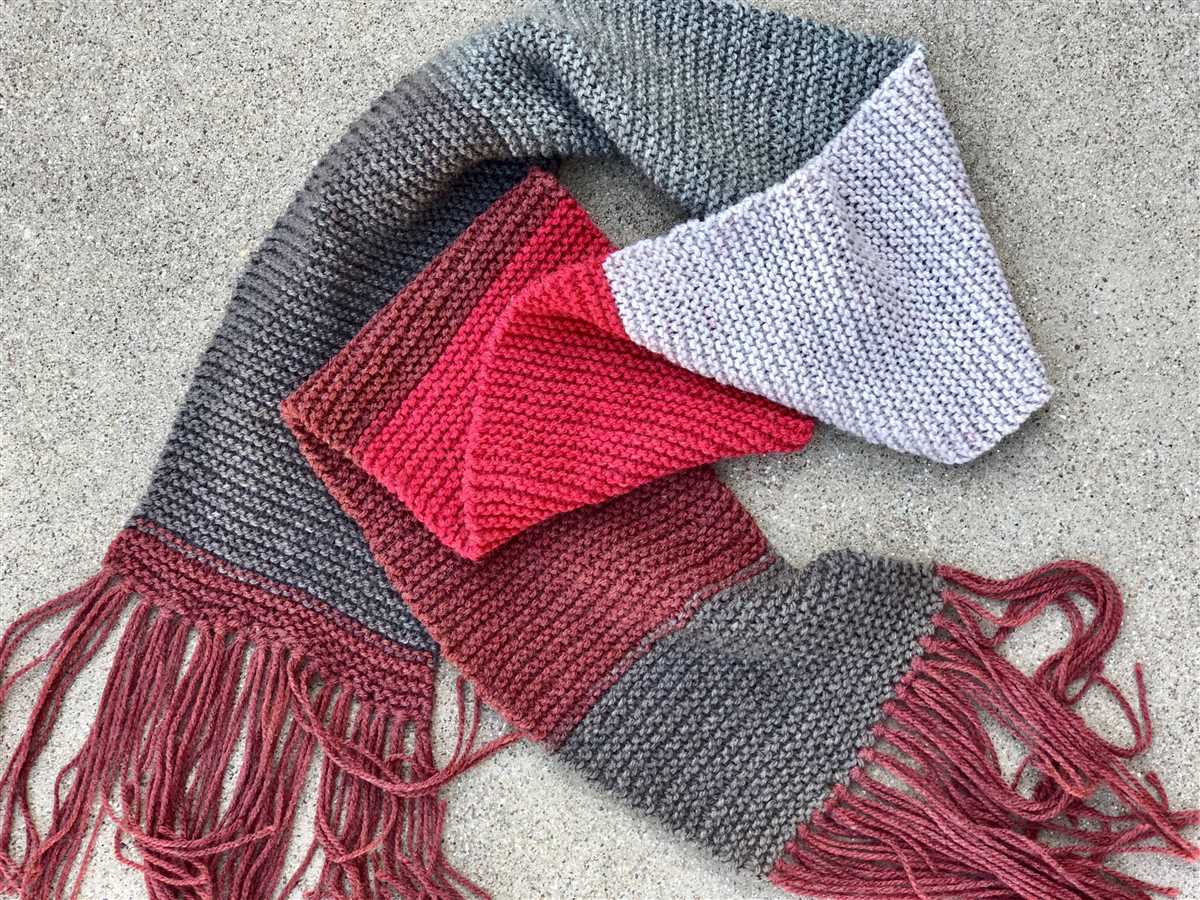
- Cast on 30 stitches using the long tail cast on method.
- Start with a knit stitch: Insert the right needle into the first stitch from front to back. Wrap the working yarn around the right needle counterclockwise, crossing it over the back of the left needle. Use the right needle to pull the loop through the stitch, creating a new stitch on the right needle. Slip the original stitch off the left needle. Repeat this knit stitch across the entire row.
- Continue knitting each row in the knit stitch until the scarf reaches your desired length. Remember to keep the tension even and consistent throughout.
- Once you’ve reached the desired length, bind off all stitches. To bind off, knit the first two stitches of the row. Insert the left needle into the first stitch on the right needle and lift it over the second stitch and off the needle. Knit one more stitch, and repeat the process of lifting the left stitch over the right until there is one stitch remaining. Cut the yarn, leaving a long tail, and pull it through the final stitch to secure.
- Weave in any loose ends using a yarn needle.
Now you have a simple and stylish scarf created with the basic knit stitch. You can experiment with different yarn colors and textures to make it your own. Stay cozy and warm with your new hand-knit scarf!
How to Add Color and Texture to Your Scarf
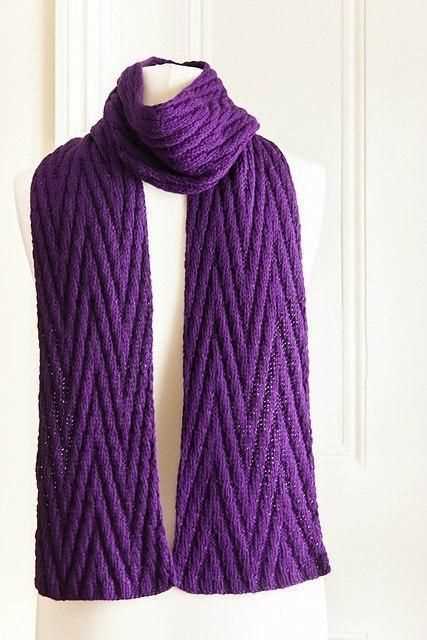
When it comes to knitting scarves, adding color and texture can be a great way to make your project stand out. Whether you’re a beginner looking to try something new or an experienced knitter wanting to get creative, there are several techniques you can use to add visual interest to your scarf.
1. Stripes: One of the simplest ways to add color to your scarf is by incorporating stripes. You can choose two or more colors and alternate between them to create a striped pattern. This technique is perfect for beginners as it involves basic knit and purl stitches.
2. Fair Isle: Fair Isle is a technique that allows you to create intricate color patterns in your knitting. It involves working with multiple colors in a single row or round, creating a beautiful mosaic-like effect. Fair Isle knitting requires some practice and concentration, but the results are worth it.
3. Cable Knitting: If you want to add texture to your scarf, cable knitting is a great technique to try. By crossing stitches over each other, you can create braided or twisted patterns that add depth and interest to your scarf. Cable knitting may seem complicated at first, but with practice, you’ll quickly get the hang of it.
4. Lace Stitch: Lace knitting can add a delicate and airy feel to your scarf. By working with yarnovers and decreases, you can create intricate lace patterns that add visual interest. Lace knitting requires attention to detail, but the end result is a scarf that looks beautiful and elegant.
5. Combination: Don’t be afraid to mix and match different techniques to create a unique scarf. You can combine stripes with cable knitting or Fair Isle with lace stitch to create a scarf that combines both color and texture. Experiment with different combinations and see which ones you like best.
In summary, adding color and texture to your scarf can take it from ordinary to extraordinary. Whether you choose to incorporate stripes, try Fair Isle or cable knitting, or experiment with lace stitches, there are many ways to make your scarf visually appealing. So grab your knitting needles and get creative!
Easy Ribbed Scarf Pattern for Beginners
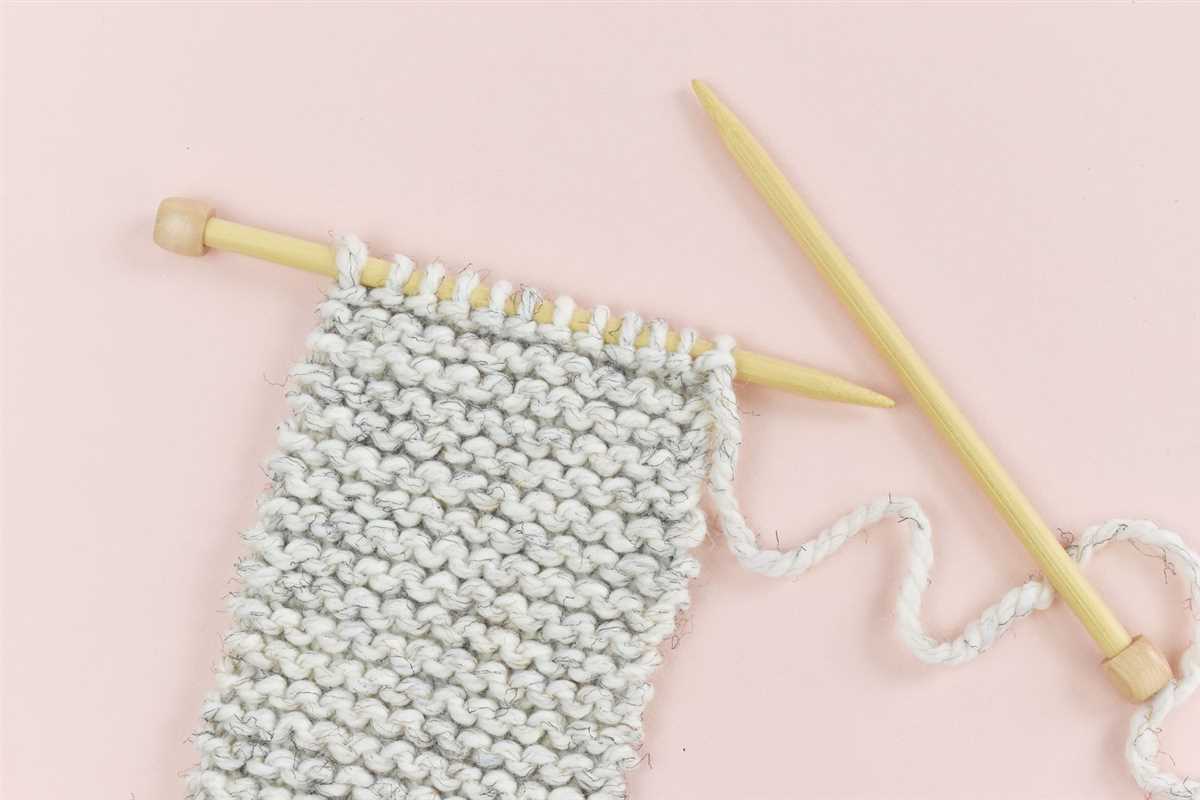
Knitting a scarf can be a great way for beginners to learn and practice the basic knitting stitches. One simple and versatile pattern that is perfect for beginners is the easy ribbed scarf pattern. This pattern combines the knit stitch and the purl stitch to create a ribbed texture that adds interest and dimension to the scarf.
To get started, you will need a pair of knitting needles and a ball of yarn. Choose a yarn that is soft and easy to work with, such as a medium-weight or bulky yarn. Begin by casting on an even number of stitches to create the foundation of your scarf.
Materials:
- Knitting needles
- Medium-weight or bulky yarn
Instructions:
- Cast on an even number of stitches (e.g., 20 stitches).
- Row 1: *Knit 1, purl 1*. Repeat from * to * until the end of the row.
- Row 2: *Purl 1, knit 1*. Repeat from * to * until the end of the row.
- Repeat rows 1 and 2 until your scarf reaches the desired length.
- Bind off all stitches and weave in any loose ends.
This easy ribbed scarf pattern allows beginners to practice alternating between the knit stitch and the purl stitch, which are the building blocks of many knitting patterns. The ribbed texture adds a bit of stretch and elasticity to the scarf, making it comfortable to wear and easy to style.
Once you’ve mastered this simple pattern, you can experiment with different yarns, colors, and stitch variations to create unique and personalized scarves. With a little practice, you’ll be able to knit scarves for yourself and your loved ones, and even start exploring more complex knitting projects.
Creating a Chunky Scarf with Oversized Needles
The Art of Knitting Chunky Scarves
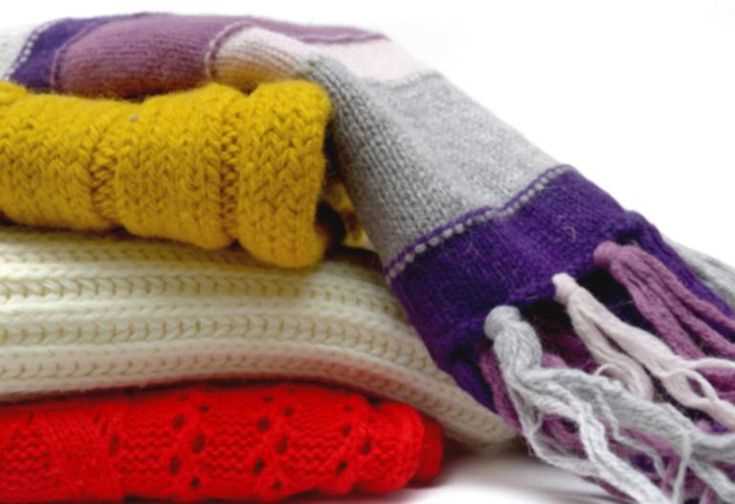
If you’re looking to create a cozy and stylish scarf, consider using oversized needles for a chunky and beautiful result. Knitting with larger needles not only allows you to finish your project faster but also creates eye-catching texture and thickness. Chunky scarves are perfect for adding a touch of warmth to any outfit during those chilly days.
Getting Started
To begin your chunky scarf project, you’ll need a pair of oversized knitting needles, preferably size 15 or larger. These larger needles are perfect for working with thick and bulky yarns that will create the desired chunky look and feel. You’ll also need around 2-3 skeins of your favorite yarn, depending on the length and width you desire.
Choosing the Perfect Yarn
When selecting the yarn for your chunky scarf, opt for a bulky or super bulky weight yarn. These types of yarn will give your finished project the desired thickness and warmth. You can choose from a wide range of materials, including wool, acrylic, or a blend of both. Consider the color and texture of the yarn as well, as they can greatly enhance the overall look of your scarf.
Knitting Technique
With your oversized needles and chosen yarn in hand, it’s time to start knitting. Begin by casting on the desired number of stitches. For a chunky scarf, aim for a width of around 8-10 inches. Knit using a basic knit stitch for the entire length of the scarf. The larger needles and thick yarn will create a beautiful and noticeable texture, making your scarf a true statement piece.
Finishing and Styling
Once you reach your desired length, finish off your scarf by binding off the stitches. You can leave the ends as-is for a relaxed and casual look or add tassels or fringe for an extra touch of style. To achieve a more polished look, block your scarf by gently wetting it and laying it flat to dry, shaping it to your desired dimensions. Once dry, your chunky scarf is ready to keep you warm and fashionable in the colder months.
Whether you’re a beginner or an experienced knitter, creating a chunky scarf with oversized needles is a fun and rewarding project. The result is a cozy accessory that adds both warmth and style to your winter wardrobe. So grab your needles, pick out your favorite yarn, and get ready to enjoy the process of knitting a chunky scarf that you can proudly wear or gift to a loved one.
Stylish Infinity Scarf Pattern for Fashionable Knitters
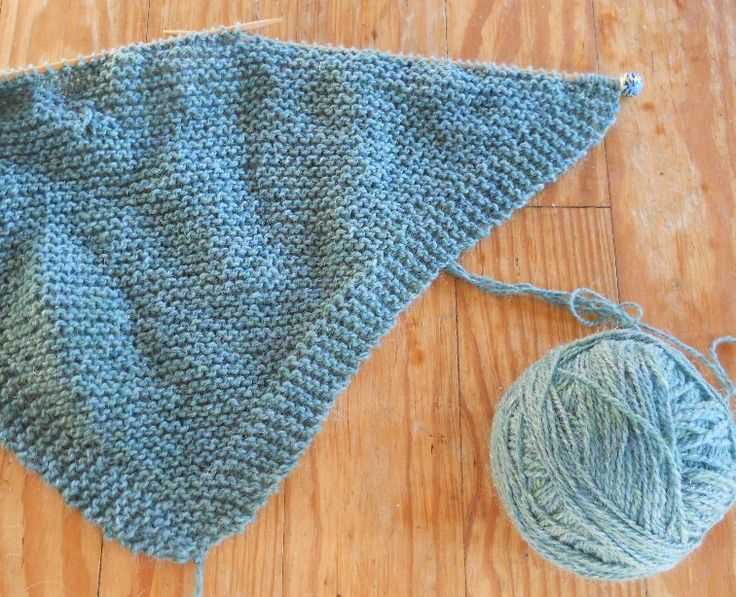
Knitting is not only a practical skill but can also be a fashion statement. With the right pattern, you can create a stylish accessory that adds a touch of elegance to any outfit. If you’re a fashionable knitter looking for a new project, why not try making an infinity scarf? Infinity scarves, also known as circle scarves or loop scarves, are versatile and can be worn in multiple ways. They are a trendy and popular choice among fashionistas.
When it comes to choosing a pattern for your infinity scarf, there are endless possibilities. You can opt for a classic knit stitch for a simple and timeless look, or you can get creative with different textures and patterns. Consider using a cable stitch for a more intricate and eye-catching design. You can also experiment with color combinations to make your scarf truly unique.
If you’re a beginner knitter, don’t be intimidated by the idea of making an infinity scarf. There are plenty of easy patterns available that are perfect for beginners. Look for patterns that use basic stitches and require minimal shaping. These patterns will help you build your knitting skills while creating a fashionable accessory.
- Choose a soft and cozy yarn for your infinity scarf. Opt for natural fibers like wool or cashmere for a luxurious feel.
- Consider the length and width of your scarf. Infinity scarves are typically longer and wider than traditional scarves to achieve the looping effect.
- Don’t be afraid to add embellishments to your scarf. You can sew on buttons, attach tassels, or even incorporate beads for an extra touch of glamour.
Once you’ve finished knitting your infinity scarf, you’ll have a stylish and versatile accessory that can be worn with a variety of outfits. Whether you’re dressing up for a special occasion or adding a cozy layer to your everyday look, an infinity scarf will instantly elevate your style. So pick up your knitting needles and get ready to create a fashionable accessory that will keep you warm and stylish all season long.
Cable Knit Scarf Pattern for Advanced Knitters
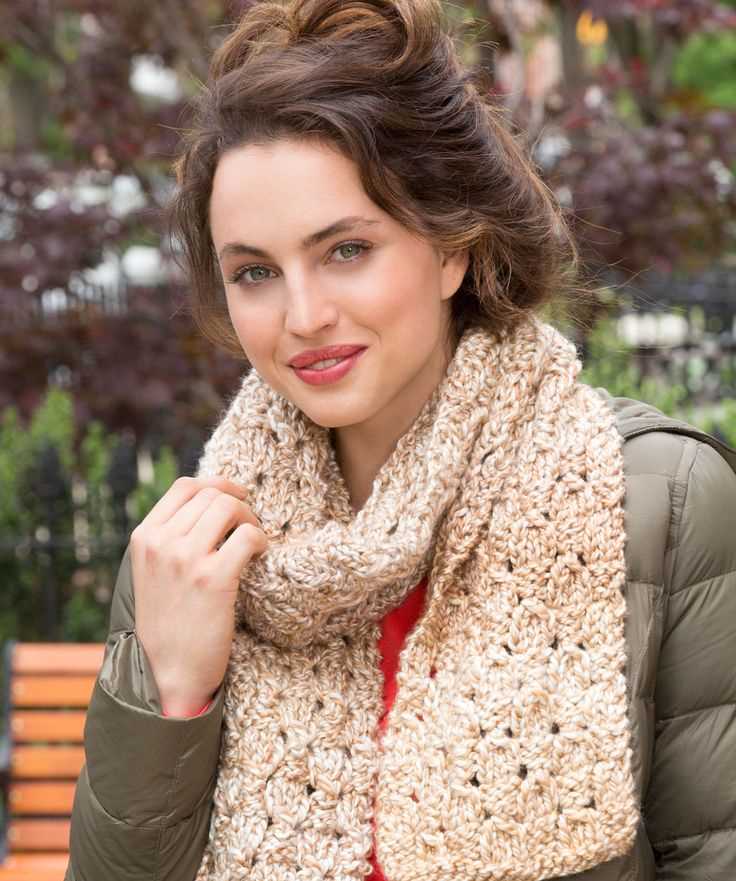
If you are an advanced knitter looking for a challenging project, a cable knit scarf may be the perfect choice for you. Cable knitting involves creating intricate designs using twists and crossings of stitches, resulting in beautiful and textured patterns.
Before attempting this pattern, it is important to have a good understanding of basic knitting stitches and techniques. You should be comfortable with knit and purl stitches, as well as be able to read a knitting chart or pattern.
Materials Needed:
- Size 8 (5mm) knitting needles
- Approximately 400 yards of worsted weight yarn
- Cable needle
- Tapestry needle
Instructions:
- Cast on 40 stitches.
- Row 1: *P2, K6* repeat until the end of the row.
- Row 2: *K2, P6* repeat until the end of the row.
- Repeat rows 1 and 2 until scarf measures desired length.
- Begin cable pattern as follows:
| Row | Instructions |
|---|---|
| 1 | *P2, place next 3 stitches on cable needle and hold in front, K3, K3 from cable needle, P2* |
| 2 | *K2, P2, K2, P2, K2* |
| 3 | *P2, K6, P2* |
| 4 | *K2, P6, K2* |
| 5 | *P2, K3, place next 3 stitches on cable needle and hold in back, K3, K3 from cable needle, P2* |
| 6 | *K2, P2, K2, P2, K2* |
Continue repeating rows 1-6 of the cable pattern until the scarf reaches the desired length. Finally, repeat rows 1 and 2 of the ribbing pattern before binding off.
With this cable knit scarf pattern, you’ll have the opportunity to showcase your advanced knitting skills and create a stunning accessory. Whether you choose to make it for yourself or as a gift, this pattern is sure to impress.
Lace Stitch Scarf Pattern for a Delicate Look
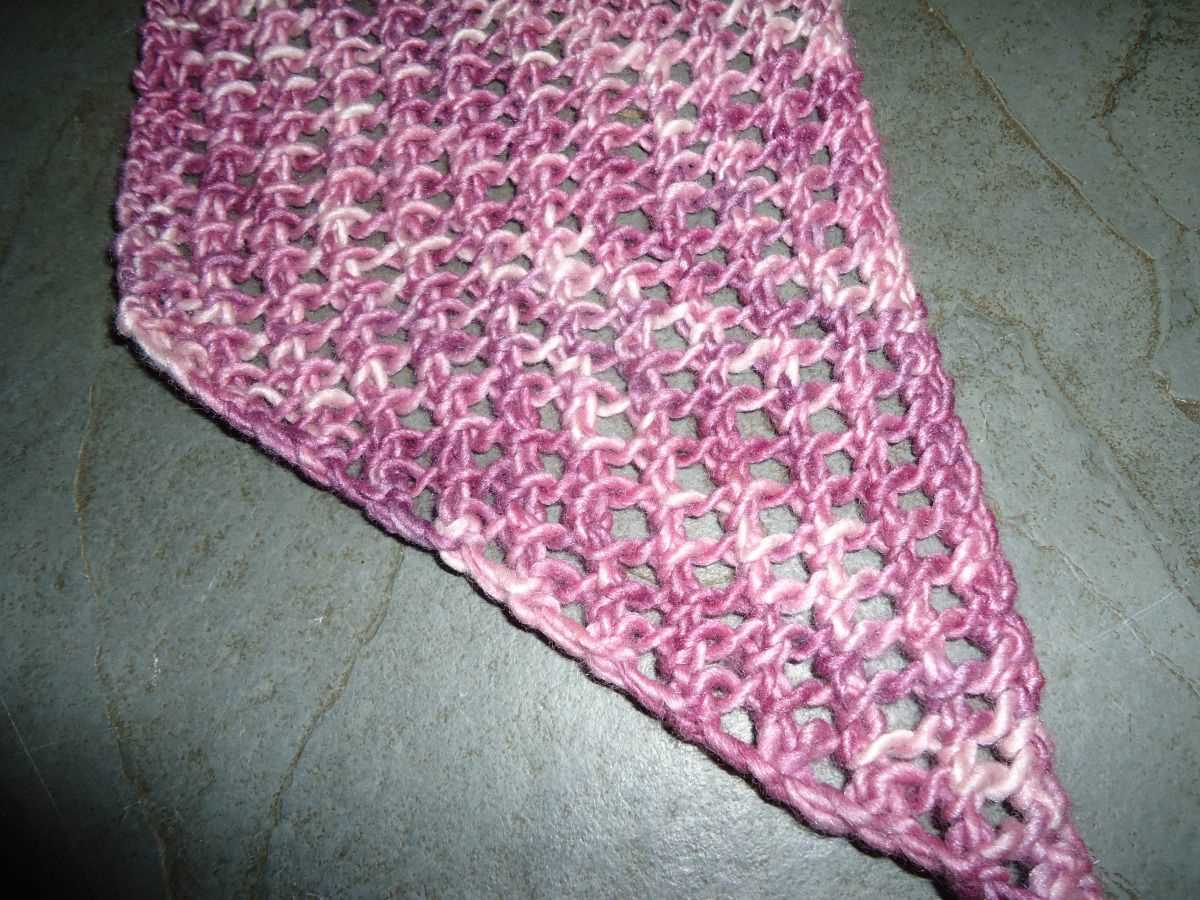
A lace stitch scarf pattern is a great choice if you want to create a delicate and elegant accessory. The intricate patterns created by lace knitting can add a touch of sophistication to your outfit. Whether you’re a beginner or an experienced knitter, you can easily follow this pattern and create a beautiful scarf that you’ll be proud to wear or give as a gift.
The Materials You’ll Need:
- Yarn: Choose a lightweight yarn in a color of your choice. Laceweight or fingering weight yarn works best for lace stitch patterns. You can also experiment with different types of yarn, such as silk or bamboo, to achieve different textures.
- Knitting Needles: You’ll need a pair of needles in the appropriate size for your chosen yarn. Lace stitch patterns usually require smaller needles to create a more intricate design.
- Tapestry Needle: This will be used for weaving in the loose ends of yarn.
Instructions:
- Cast on the desired number of stitches, keeping in mind that lace patterns usually require a multiple of a certain number of stitches for the pattern to repeat evenly.
- Begin the lace pattern, following the specific instructions for the stitch pattern you’ve chosen. Common lace stitch patterns include yarn overs, decreases, and intricate combinations of stitches. Keep track of your rows and stitches to ensure accuracy.
- Continue knitting the lace pattern until you reach your desired length. You can make your scarf as long or as short as you prefer.
- Once you’ve reached the desired length, bind off your stitches to finish the scarf. Be careful not to bind off too tightly, as this can affect the drape of the scarf.
- Weave in any loose ends of yarn using a tapestry needle to give the scarf a clean and finished look.
This lace stitch scarf pattern allows you to create a delicate and intricate accessory that can complement any outfit. It’s a versatile pattern that can be customized by choosing different yarns and needle sizes, as well as experimenting with different lace stitch patterns. Whether you’re a beginner or an experienced knitter, this pattern is a great way to practice and showcase your knitting skills while creating a beautiful and unique scarf.
Using Variegated Yarn to Create a Unique Scarf Design
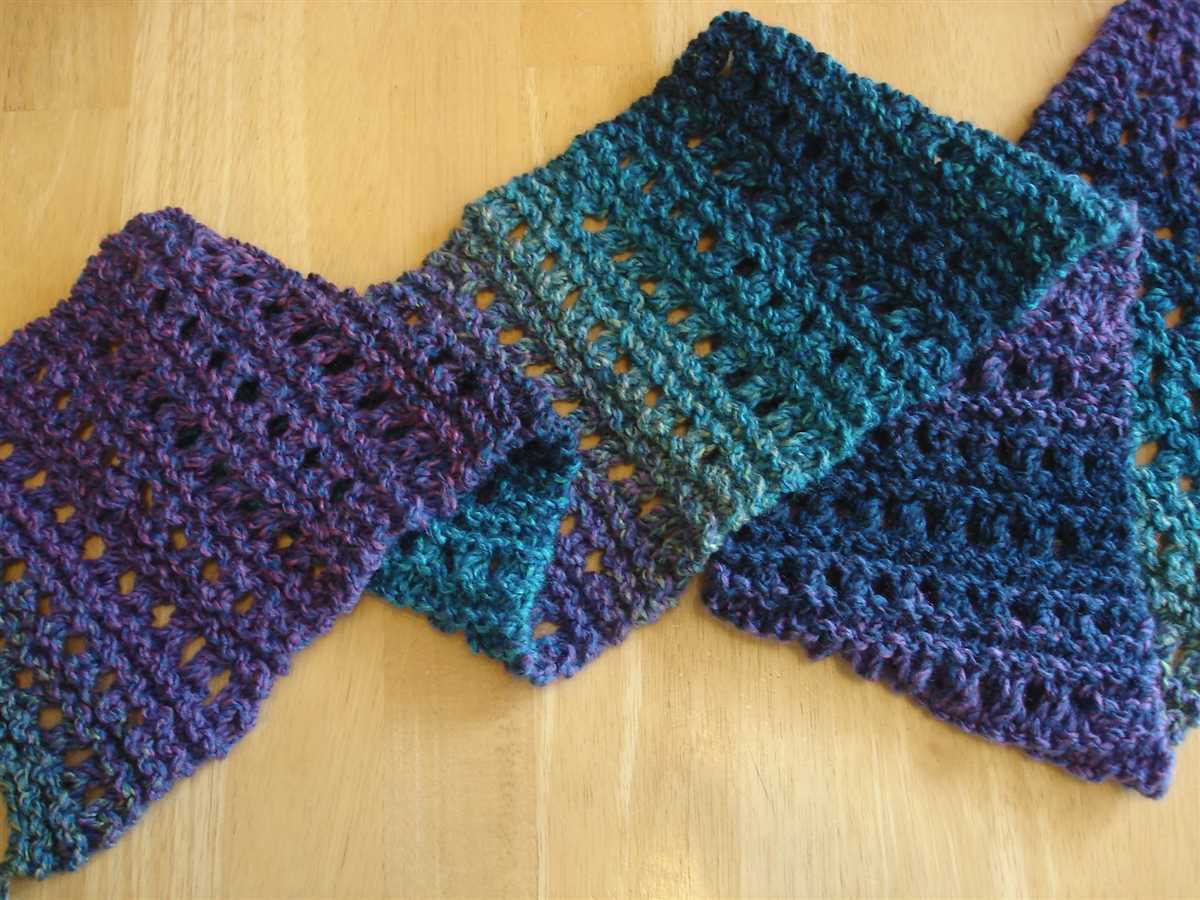
Adding variegated yarn to your knitting project can instantly transform your scarf into a unique and eye-catching design. Variegated yarns come in a wide variety of colors, creating beautiful patterns as you knit. Here are some tips for using variegated yarn to create a one-of-a-kind scarf:
- Choose the right pattern: When working with variegated yarn, it’s important to choose a simple pattern that will showcase the colors of the yarn. Basic stitches such as garter stitch, stockinette stitch, or a simple ribbed pattern work well with variegated yarn.
- Consider the color repeats: Variegated yarn often has color repeats, which means that certain colors may appear more frequently than others. Take this into account when selecting your pattern and consider how the color repeats will look in the finished scarf.
- Swatch before you start: Before you begin your scarf, it’s a good idea to make a swatch using the variegated yarn and your chosen pattern. This will give you an idea of how the colors will interact and allow you to make any adjustments before starting the actual project.
- Combine with a solid color: For a more balanced look, you can pair variegated yarn with a solid color. This can be done by alternating rows or sections with the variegated yarn and a coordinating solid color yarn. It can help to tone down the intensity of the variegated yarn and create a more cohesive design.
By following these tips, you can create a unique and visually striking scarf using variegated yarn. Experiment with different patterns, color combinations, and stitch techniques to find the perfect design that reflects your personal style. Get creative and have fun with your knitting!